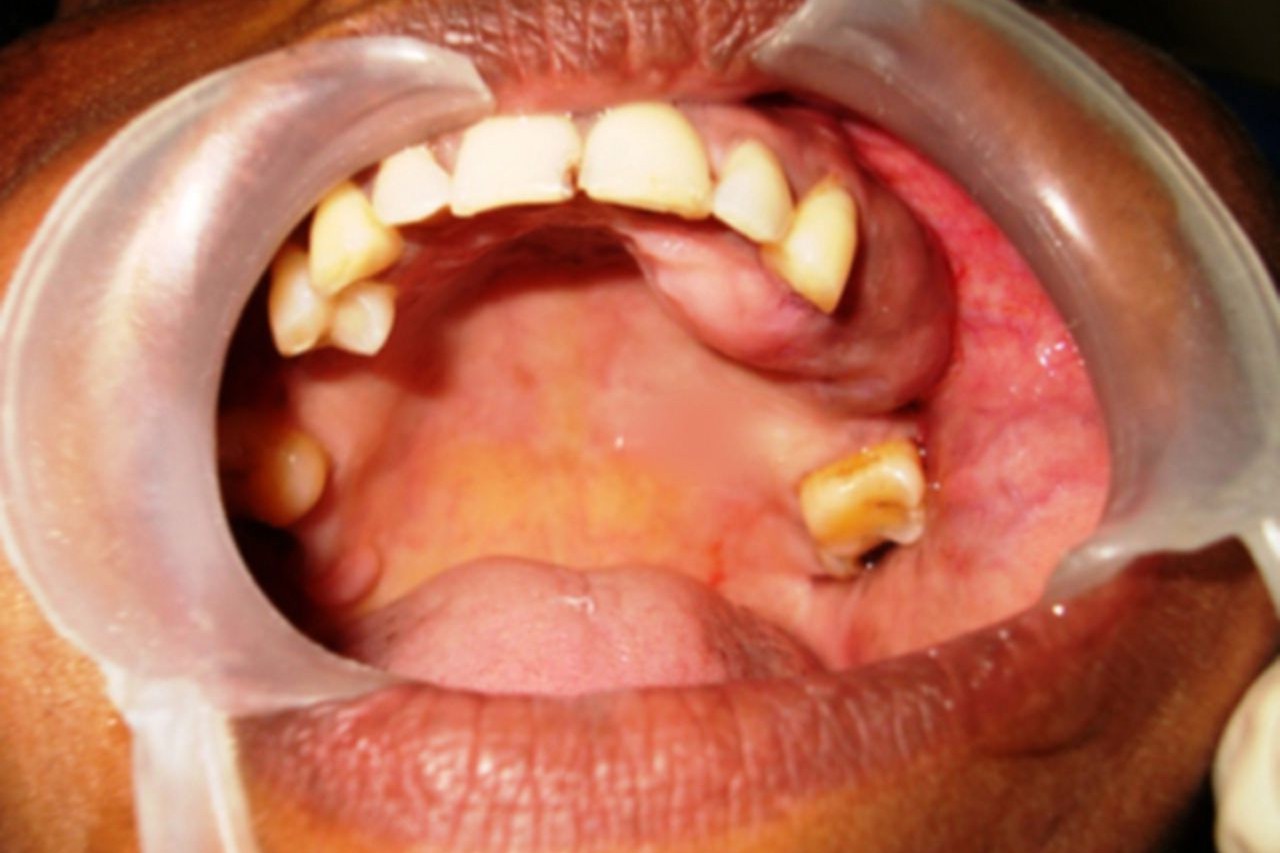
What is ameloblastoma? Ameloblastoma is a rare, benign tumor that typically forms in the jaw near the molars. Despite being non-cancerous, it can grow aggressively, causing significant damage to the jawbone and surrounding tissues. This tumor originates from the cells that form the enamel of your teeth. Symptoms often include swelling, pain, and difficulty chewing. While it can affect anyone, it most commonly appears in adults between 30 and 60 years old. Treatment usually involves surgery to remove the tumor, sometimes followed by reconstructive procedures. Understanding ameloblastoma is crucial for early detection and effective management.
What is Ameloblastoma?
Ameloblastoma is a rare, benign tumor that typically forms in the jaw near the molars. Despite being non-cancerous, it can cause significant issues due to its aggressive nature and potential to recur. Here are some fascinating facts about this condition.
-
Origin: Ameloblastomas originate from the cells that form the enamel of your teeth, known as ameloblasts.
-
Location: Most commonly found in the lower jaw (mandible), but can also occur in the upper jaw (maxilla).
-
Age Group: Typically affects adults between 30 and 60 years old, though it can occur at any age.
-
Gender: Slightly more common in men than women.
-
Symptoms: Often asymptomatic in early stages, but can cause swelling, pain, and difficulty chewing as it grows.
-
Growth Rate: Generally slow-growing, but can become quite large if left untreated.
-
Diagnosis: Usually diagnosed through a combination of X-rays, CT scans, and biopsies.
-
Types: There are several types, including solid/multicystic, unicystic, peripheral, and desmoplastic ameloblastomas.
Treatment Options for Ameloblastoma
Treating ameloblastoma can be challenging due to its potential to recur. Various treatment options are available depending on the type and severity.
-
Surgery: The primary treatment method, often involving the removal of the tumor and some surrounding bone.
-
Reconstruction: Post-surgery, reconstructive surgery may be needed to restore jaw function and appearance.
-
Radiation Therapy: Sometimes used if the tumor cannot be completely removed surgically.
-
Chemotherapy: Rarely used, as ameloblastomas are generally resistant to chemotherapy.
-
Follow-Up: Regular follow-up is crucial due to the high recurrence rate.
-
Recurrence Rate: Recurrence can happen in 50-90% of cases if not treated adequately.
-
Minimally Invasive Techniques: Newer techniques like endoscopic surgery are being explored to reduce recovery time and complications.
Genetic and Molecular Insights
Understanding the genetic and molecular aspects of ameloblastoma can help in developing targeted therapies.
-
Genetic Mutations: Mutations in genes like BRAF and SMO have been linked to ameloblastoma.
-
Molecular Pathways: Research is ongoing to understand the molecular pathways involved in the development and growth of these tumors.
-
Targeted Therapy: Potential for targeted therapies that specifically address the genetic mutations found in ameloblastomas.
-
Research: Ongoing research aims to find less invasive and more effective treatments.
Impact on Quality of Life
Living with ameloblastoma can significantly impact a person's quality of life, both physically and emotionally.
-
Physical Impact: Can cause facial deformity, difficulty eating, and speaking.
-
Emotional Impact: The diagnosis and treatment process can be emotionally taxing.
-
Support Systems: Support groups and counseling can be beneficial for patients and their families.
-
Nutrition: Maintaining proper nutrition can be challenging but is essential for recovery.
-
Dental Care: Regular dental check-ups are important for early detection and management.
Interesting Historical Facts
Ameloblastoma has a rich history in medical literature, with various milestones in its understanding and treatment.
-
First Described: First described in the 19th century by French physician Louis-Charles Malassez.
-
Terminology: The term "ameloblastoma" was coined by Churchill in 1930.
-
Historical Treatments: Early treatments were rudimentary and often involved extensive surgery.
-
Evolution of Treatment: Advances in medical technology have significantly improved treatment outcomes.
Miscellaneous Facts
Here are some additional intriguing facts about ameloblastoma that don't fit neatly into other categories.
-
Rare in Children: Extremely rare in children, accounting for less than 10% of cases.
-
Animal Cases: Can also occur in animals, particularly dogs.
-
Awareness: Increased awareness and early detection can significantly improve outcomes.
Final Thoughts on Ameloblastoma
Ameloblastoma, a rare but significant tumor, demands attention. Understanding its origins, symptoms, and treatments can make a difference in early detection and management. Regular dental check-ups play a crucial role in spotting abnormalities early. While benign, ameloblastomas can be aggressive, requiring surgical intervention. Advances in medical research continue to improve treatment options, offering hope for those affected. Awareness and education about this condition are essential for both patients and healthcare providers. By staying informed, we can better navigate the challenges posed by ameloblastoma and work towards effective solutions. Remember, knowledge is power when it comes to health. Stay proactive, consult professionals, and prioritize regular health screenings. This approach ensures that any potential issues are addressed promptly, leading to better outcomes. Keep these facts in mind, and you'll be better prepared to handle any dental health concerns that arise.
Was this page helpful?
Our commitment to delivering trustworthy and engaging content is at the heart of what we do. Each fact on our site is contributed by real users like you, bringing a wealth of diverse insights and information. To ensure the highest standards of accuracy and reliability, our dedicated editors meticulously review each submission. This process guarantees that the facts we share are not only fascinating but also credible. Trust in our commitment to quality and authenticity as you explore and learn with us.
